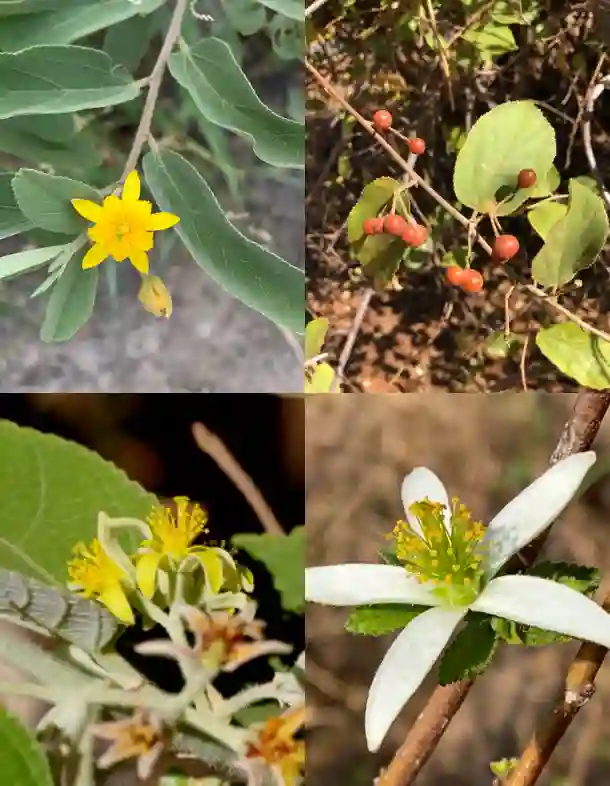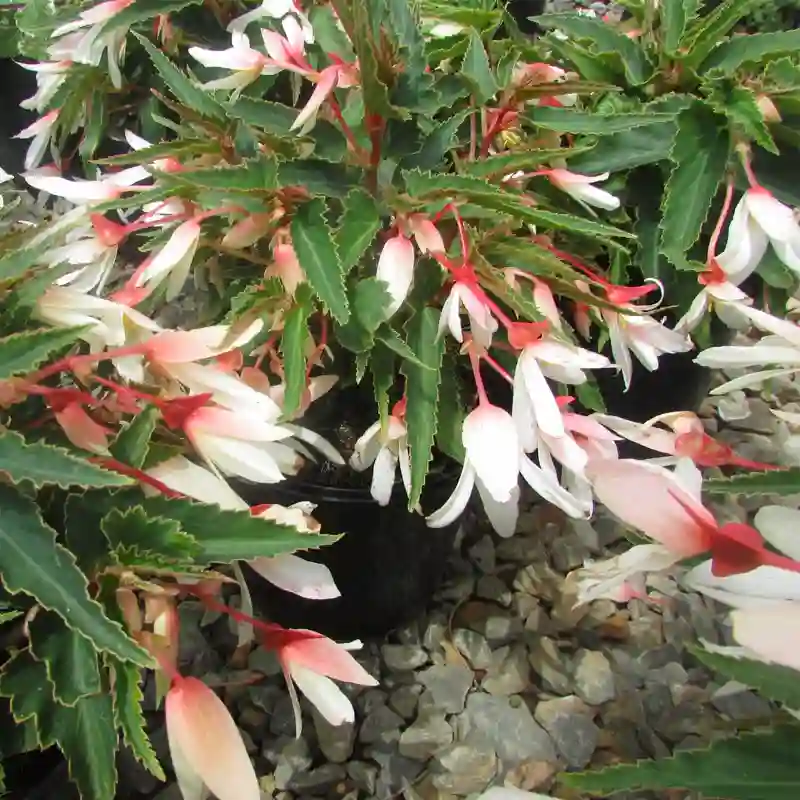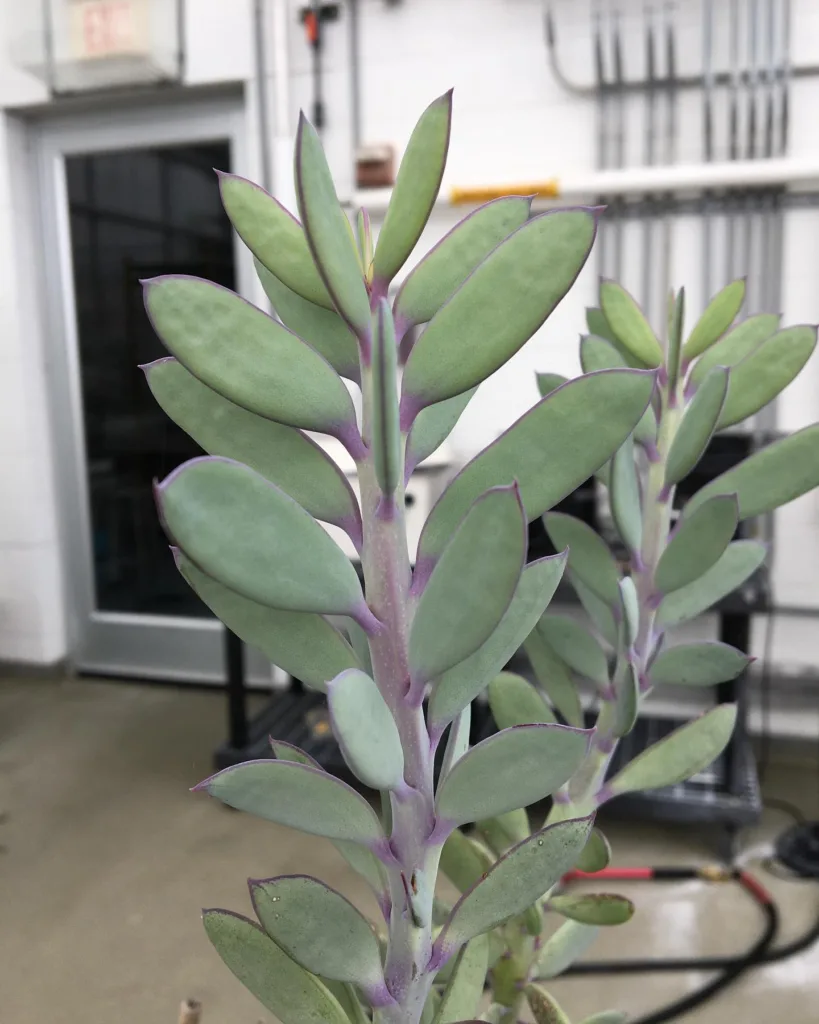Stachys Floridana: A Weed or a Wonder?
Hi there, Ferb Vu here. I get a lot of questions about Stachys floridana, a plant that seems to spark curiosity (and sometimes frustration) for gardeners in the Southeast.
This little native can be a double-edged sword. Let’s delve into the world of Stachys floridana, explore its uses, and answer some burning questions.
380 Species in Genus Stachys
Is Stachys Floridana a Weed?
Yes and no. Stachys floridana, also known as Florida betony or rattlesnake weed, is native to Florida. However, it’s become naturalized and sometimes weedy throughout the Southeast United States.
Its aggressive spreading tendencies can make it unwelcome in manicured lawns. But in wilder landscapes, it provides nectar for pollinators and can even be a surprise addition to the dinner table.
Can You Eat Stachys Floridana?
Surprisingly, yes! The star of the show here is the tuber. This underground treasure, harvested in spring, boasts a delightful radish-like crunch. Enjoy it raw in salads or pickled for a tangy treat.
Word to the wise: Harvest in spring when the tuber is white and crisp. By summer’s heat, it turns tan and loses its delightful bite.
Stachys Floridana vs. Artichoke
While Stachys floridana has earned the nickname “wild artichoke,” don’t be fooled. These plants are not closely related. The artichoke, a member of the sunflower family, is cultivated for its edible flower bud. Stachys floridana offers a delightful tuber, not a flower bud.
Stachys Floridana vs. Lamium
Stachys floridana belongs to the mint family (Lamiaceae), which also houses Lamium, commonly known as deadnettle. Both plants share square stems and whorls of flowers. However, Lamium typically boasts more colorful blooms, while Stachys floridana’s flowers are a subdued lavender or pink.
How to care for Stachys Floridana?
If you’re looking to add Stachys floridana to your wildflower garden or a spot that tolerates some sprawl, here’s what you need to know:
- Light: Full sun to partial shade.
- Soil: Adaptable to various soil types, but prefers well-drained conditions.
- Moisture: Moderately moist to moist.
- Hardiness: Zones 8-10 (USDA hardiness zones).
Remember: Stachys floridana spreads readily. Plant it in an area where you don’t mind its presence, or consider using a container to manage its enthusiasm.
Benefits of Stachys Floridana
While some may consider Stachys floridana a weed, it offers several benefits:
- Pollinator magnet: The flowers attract butterflies and bees, supporting a healthy ecosystem.
- Edible tuber: A unique and tasty addition to your spring menu.
- Low maintenance: Once established, Stachys floridana requires minimal care.
Controlling Stachys Floridana
If Stachys floridana becomes overly enthusiastic in your garden, here are some control methods:
- Hand pulling: Effective for small infestations. Remove the entire plant, including the tuber, to prevent regrowth.
- Herbicides: A last resort. Use a selective herbicide labeled for Stachys floridana control, following all label instructions carefully.
Remember: Prevention is key. Plant Stachys floridana strategically or consider using a container to manage its spread.
Conclusion
Stachys floridana is a fascinating plant with a complex reputation. Whether you see it as a weed or a wonder depends on your perspective and garden goals. With its potential for food, pollinator support, and low maintenance, Stachys floridana can be a valuable addition to the right landscape.
If i die, water my plants!



